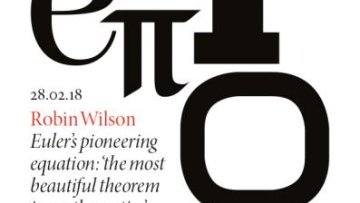Phase transitions and critical phenomena are ubiquitous in Nature. They permeate physics, chemistry, biology and complex systems in general, and are characterized by the role of correlations and fluctuations of many degrees of freedom. From a mathematical viewpoint, in the vicinity of a critical point, thermodynamic quantities exhibit singularities and scaling properties. Theoretical attempts to describe classical phase transitions using tools from differential topology and Morse theory provided strong arguments pointing that a phase transition may emerge as a consequence of topological changes in the configuration space around the critical point.
On the other hand, much work was done concerning the topology of networks which spontaneously emerge in complex systems, as is the case of the genome, brain, and social networks, most of these built intrinsically based on measurements of the correlations among the constituents of the system.
We aim to transpose the topological methodology previously applied in n-dimensional manifolds, to describe phenomena that emerge from correlations in a complex system, in which case Hamiltonian models are hard to invoke. The main idea is to embed the network onto an n-dimensional manifold and to study the equivalent to level sets of the network according to a filtration parameter, which can be the probability for a random graph or even correlations from fMRI measurements as height function in the context of Morse theory. By doing so, we were able to find topological phase transitions either in random networks and fMRI brain networks. Moreover, we could identify high-dimensional structures, in corroboration with the recent finding from the blue brain project, where neurons could form structures up to eleven dimensions.The efficiency and generality of our methodology are illustrated for a random graph, where its Euler characteristic can be computed analytically, and for brain networks available in the human connectome project. Our results give strong arguments that the Euler characteristic, together with the distributions of the high dimensional cliques have potential use as topological biomarkers to classify brain Networks. The above ideas may pave the way to describe topological phase transitions in complex systems emerging from correlation data.



